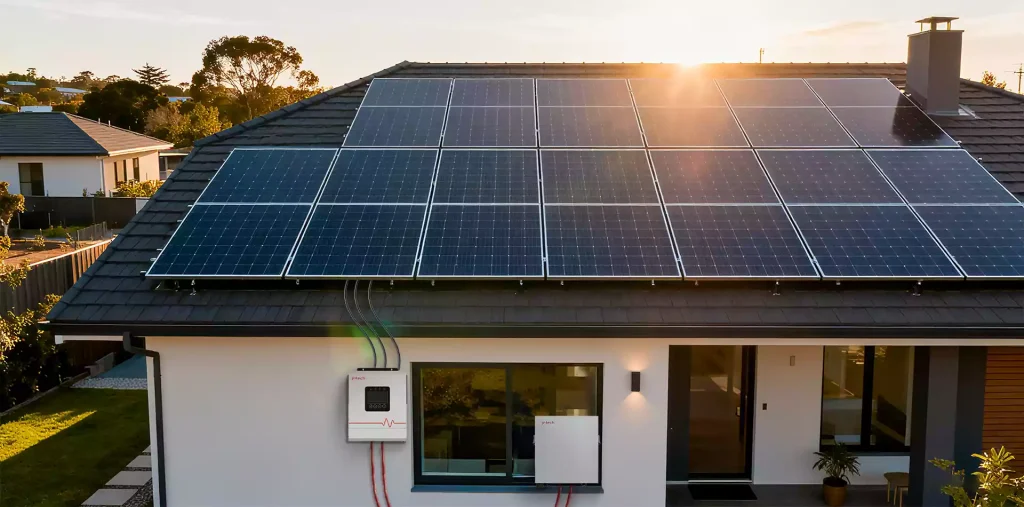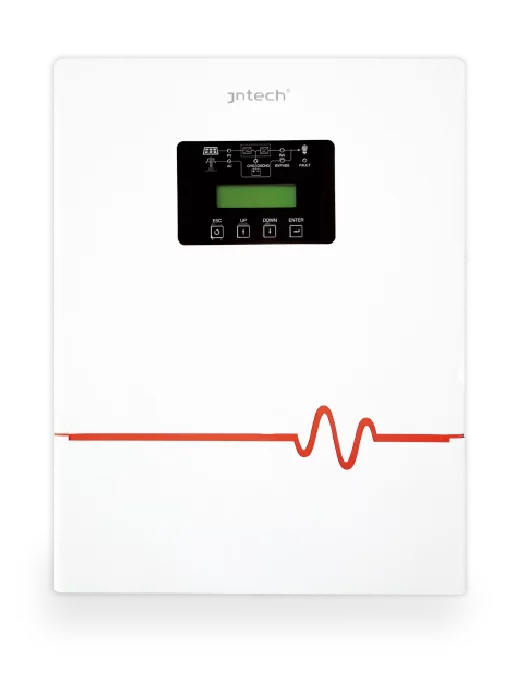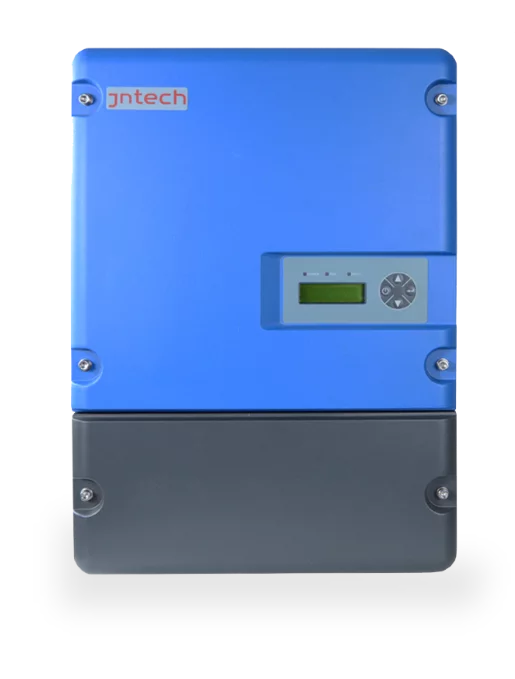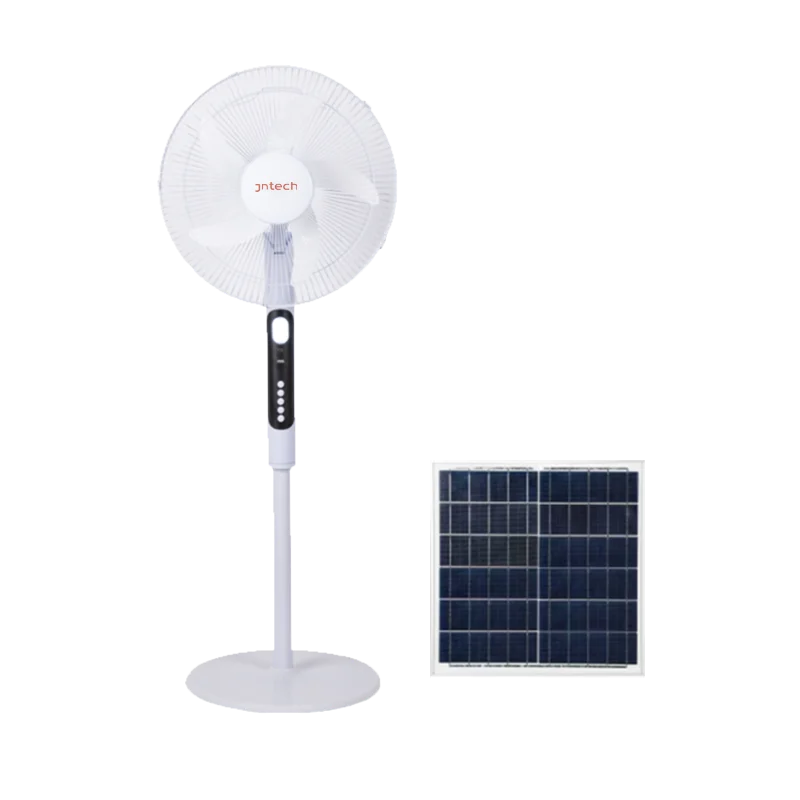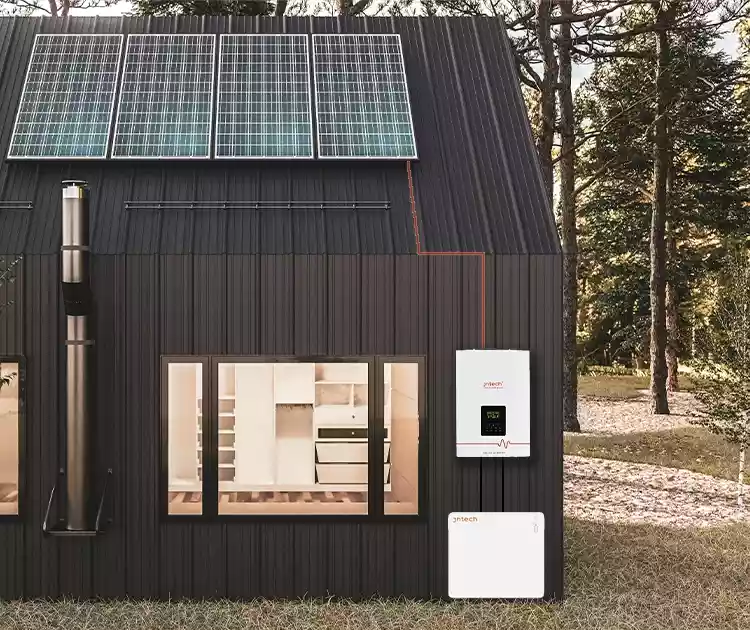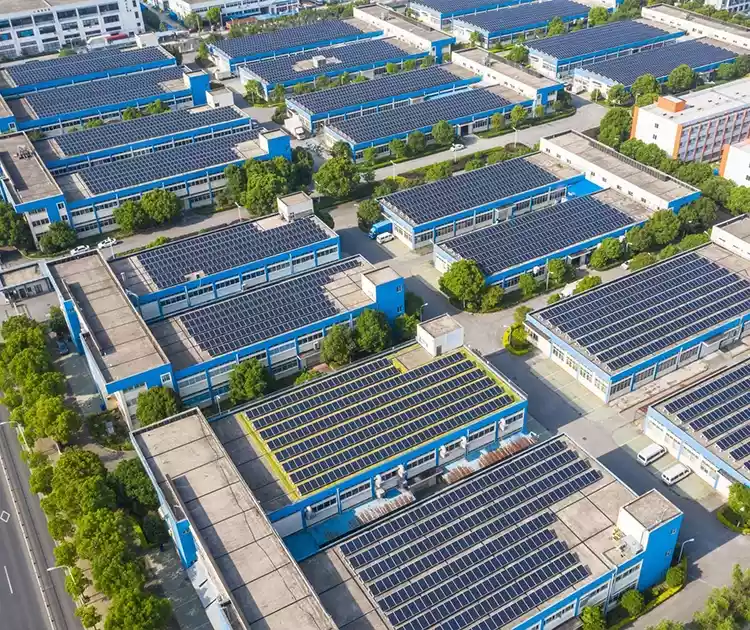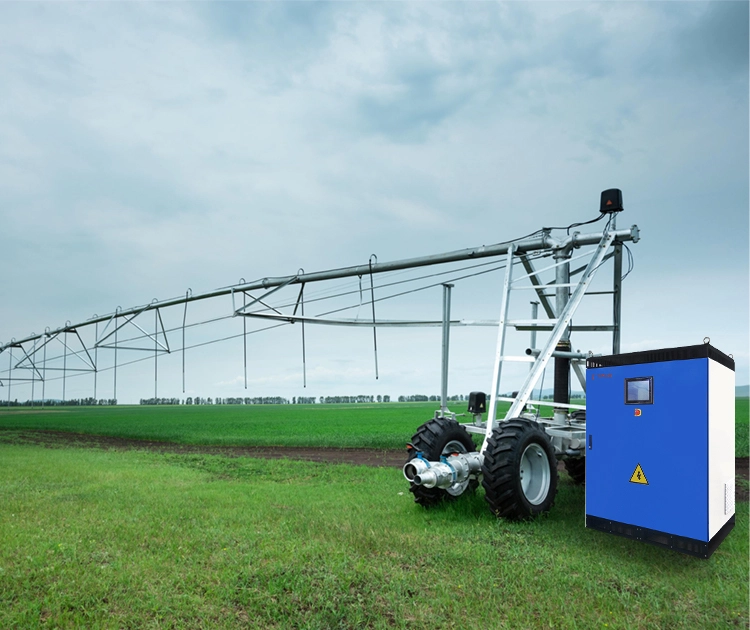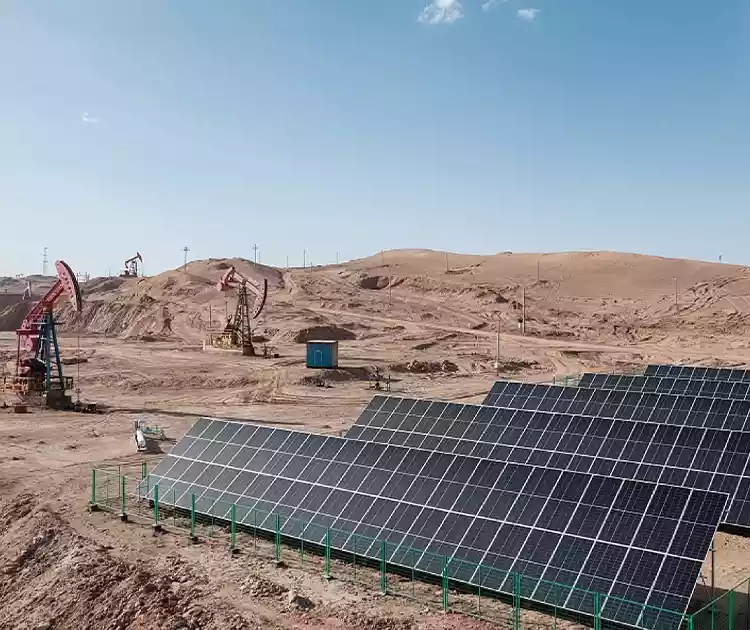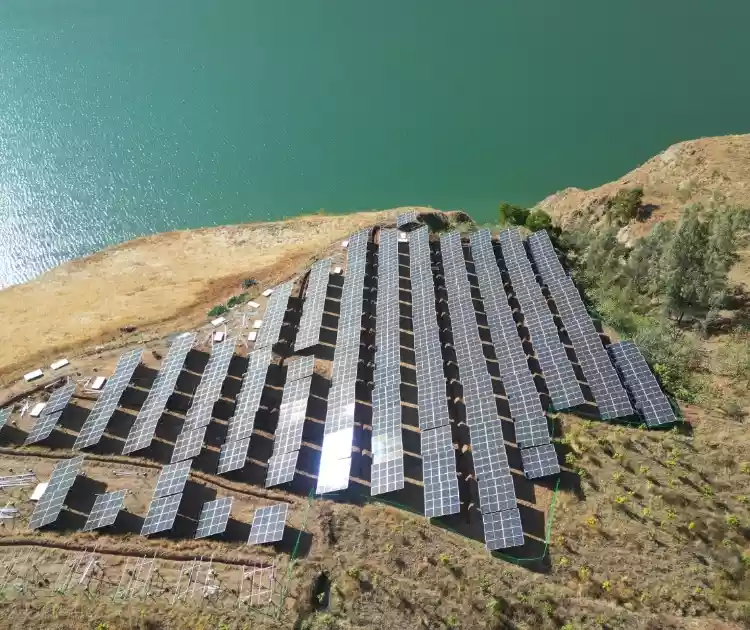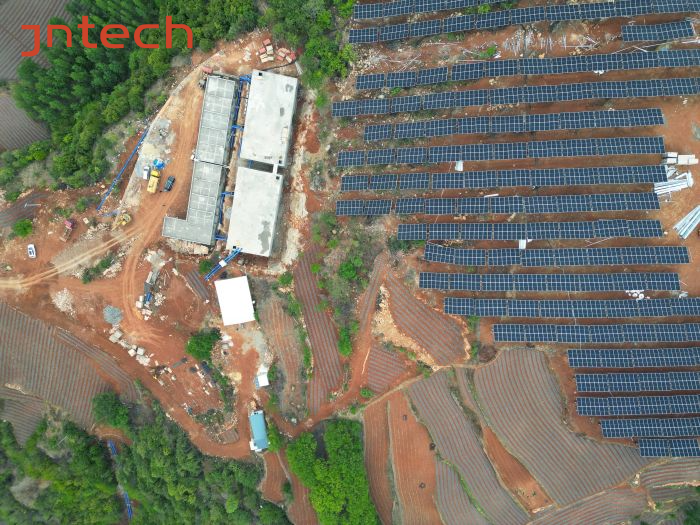การเพิ่มอายุการใช้งานระบบพลังงานที่อยู่อาศัย: การวิเคราะห์เชิงลึกของเซลล์ LFP ส่วนประกอบ BMS และโทโพโลยีการเชื่อมต่อ AC/DC
Release time: 2025-11-03
สารบัญ
With the global energy transition and fluctuating electricity prices, home energy storage systems have become the “energy fortress” of modern homes. However, many users are confused by this complex system. To better assess the performance, security, and long-term value of an energy storage system, we must understand its core components and the topology of energy flow.
We liken a home energy storage battery system to a complex human body, and provide you with an in-depth analysis of its four core components and two mainstream energy coupling paths.
Chapter 1: Core Components – The “Human System” of Energy Storage Batteries
Residential energy storage batteries are not single devices, but rather composed of four interoperable systems that collectively determine the battery’s performance, safety, and lifespan.
| Components | Functional analogy | Detailed description |
| 1. Battery Cell | Heart and muscles | The core unit for energy storage. Multiple cells are connected in series (to increase voltage) and in parallel (to increase capacity) to form a battery module. Its chemical system determines its inherent safety and energy density. |
| 2. BMS(Battery Management System) | Brain and nervous system | The intelligent manager of the battery pack is responsible for monitoring, protecting, and managing the batteries. It is the key to ensuring long cycle life and preventing safety incidents. |
| 3. Thermal Management System | Respiratory and perspiration systems | It is responsible for controlling the battery’s operating temperature, including passive air cooling or active liquid cooling. The heat dissipation effect directly affects the cell aging rate and safety, and can extend battery life by more than 30%. |
| 4. Structural and Electrical Systems | Bones and blood vessels | It includes a robust housing, internal support, relays, fuses, busbars, and communication harnesses to ensure mechanical protection and reliable current transmission. |
Of the components mentioned above, the battery cell and BMS are absolutely the core, directly determining the two major concerns of users: “safety” and “how long it can be used.”
Chapter 2: Soul and Foundation – Why Lithium Iron Phosphate (LFP)?
In the residential energy storage field, a basic consensus has been reached regarding the chemical system and packaging style of battery cells:
2.1 Chemical System: LFP is the Preferred Choice for Residential Energy Storage
Energy storage batteries are divided into two main routes: lithium iron phosphate (LFP) and ternary lithium batteries. For home applications, LFP is almost undoubtedly the preferred choice.
| Features | LiFePO4 batteries(LFP) | Advantages of residential energy storage |
| Security | Extremely high (thermal runaway temperature > 500℃) | With high heat resistance and low risk of fire and explosion, it is the first choice for safe household energy storage. |
| วงจรชีวิต | Extremely long (over 6000 times) | Assuming it’s charged and discharged once a day, it can theoretically last for more than 15 years, with lower long-term costs. |
| Economic | Low cost (abundant raw materials, cobalt-free) | Both the initial cost and the total cost of ownership are superior to those of ternary lithium batteries and traditional lead-acid batteries. |
| Applicability | The depth of discharge can reach over 90%, and the energy conversion efficiency is high (95%+). | The system makes full use of stored electrical energy and requires no maintenance. |
2.2 BMS: The “Brain” Ensuring Longevity and Precise Scheduling
A superior Battery Management System (BMS) can fully utilize the efficiency of battery cells and safeguard their safety. Its core technologies include:
Cell Balancing: This is one of the most critical technologies for ensuring long-term cycle life. The BMS actively maintains consistent voltage across all cells, preventing the “weakest link” effect from causing individual cells to overwork and affecting the overall lifespan.
State of Charge (SOC) Estimation Accuracy: Accurately estimates remaining charge, preventing user misjudgments (e.g., a sudden power outage despite a 50% charge level). High accuracy allows users to plan their electricity usage with confidence.
Overcharge/Over-discharge Protection: Prevents the battery from operating at excessively high or low voltages, a major cause of permanent battery damage and safety accidents.
Temperature Management Synergy: Limits charging and discharging at excessively high or low temperatures, and may even activate heating or cooling functions to ensure the battery always operates within its optimal temperature range.
2.3 Packaging and Structure: Square Aluminum Case vs. Single Cell Preferred
In terms of cell packaging style, square aluminum case cells have become the absolute mainstream in residential energy storage systems due to their optimal balance between energy density, pack efficiency, reliability, and lifespan. Furthermore, regarding the internal structure of the battery, the preferred approach is to use a single high-capacity cell connected in series (e.g., a 3.2V 200Ah cell connected in series to form a 51.2V system). Compared to multiple small-capacity cells connected in parallel, the single-cell series structure is simpler, eliminates the circulating current problem between parallel cells, offers better system consistency and stability, and has higher production costs and space utilization.
Chapter 3: Energy Flow Paths – AC/DC Coupled Topology Analysis
The connection between energy storage and photovoltaic systems determines the energy conversion efficiency, system flexibility, and cost. Currently, there are two main topologies:
| Comparison Dimensions | DC Coupling | AC Coupling |
| Topology | The solar panels and energy storage batteries are directly connected to the same hybrid inverter. | Energy storage and solar power generation systems operate independently, but are coupled on the grid side. |
| Energy Path | Photovoltaic DC → Battery DC charging / Inverter AC output | Photovoltaic DC → Inverter AC → Battery AC → Energy Storage Inverter DC → Battery DC Charging |
| Efficiency | Extremely high (over 97%) | Lower (approximately 90%) |
| Cost | Only one hybrid energy storage inverter is needed, resulting in lower equipment and installation costs. | It requires two independent inverters, which increases the cost. |
| Applicable Scenarios | Suitable for new markets that have just installed photovoltaic and energy storage systems. | Suitable for the existing photovoltaic market, it facilitates the addition of energy storage modules to existing photovoltaic systems. |
| Flexibility | The modules are closely connected, making it relatively complex to add or remove modules. | The modules operate in parallel, making it extremely convenient to add or remove modules. |
In summary, for new projects starting from scratch, DC coupling is currently the mainstream and preferred solution due to its high energy conversion efficiency and low cost. For users looking to add energy storage to existing photovoltaic systems, AC coupling offers the greatest flexibility.
Chapter 4: Purchasing Guide – Performance Parameters You Must Pay Attention To
When making your final purchase, in addition to focusing on LFP and BMS technologies, the following key parameters will directly affect your user experience:
Usable Energy:
Core Impact: System’s range.
Explanation: The nominal value of a battery is its total storage capacity, while the usable value is the actual amount of electricity you can use after considering the depth of discharge (e.g., 90% DOD). Please be sure to use “usable energy” as the primary basis for planning your household electricity needs.
Max Power:
Core Impact: System’s power and responsiveness.
Explanation: Determines the fastest rate at which the photovoltaic system can charge the battery, and the maximum power of appliances (e.g., air conditioners, water pumps) that the battery can simultaneously power. If the load exceeds this power, the system may shut down due to overload protection.
Cycle Life:
Core Impact: Long-term economics.
Explanation: Refers to the number of complete charge-discharge cycles a battery can complete before its capacity decays to 80% of its initial capacity. A longer cycle life results in a lower annual cost of ownership for the battery. Protection Rating (IP Rating) and Operating Temperature:
Key Impact: System environmental adaptability and installation flexibility.
Interpretation: IP65 protection (dustproof and waterproof) is essential for outdoor installation. Simultaneously, ensure the battery’s operating temperature range covers the lowest winter temperatures and highest summer temperatures in your region to guarantee reliable system operation across different seasons. When choosing residential energy storage batteries, remember: you are not just buying cells that store electrical energy, but also a smart brain (BMS) and temperature control system that protects it and ensures stable operation for over 15 years. Prioritizing long-term economics, safety, and reliability is key to achieving true energy freedom.
ในฐานะที่เป็น home energy storage solutions provider, We JNTech are committed to providing efficient and environmentally friendly energy products to users around the world. We have rich experience in energy storage systems and provide smart and efficient energy management systems for families. You are welcome to discuss with us further.

